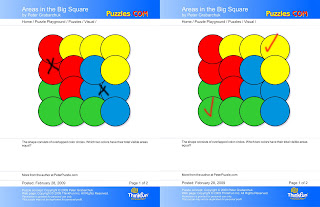
Yesterday, I was at Safeway trying to buy toothpaste since I had just run out of it. Before getting to the toothpaste aisle, I thought, oh this decision will be so easy. I like Aquafresh, so I will just pick up some of that on my way out. To much of my disbelief, I ended up spending quite a long time making a decision between the different types of Aquafresh, thanks to the different package designs for their products.
You'd think that making a choice in toothpaste would be as simple as before because there's only one type of toothpaste and everyone uses it, but it's not like that anymore. The main competition between different toothpaste brands is all about PACKAGE DESIGN. I'm not sure if all consumers are like this, but speaking for myself, I look for two things when it comes to buying something: 1) affordability; is it worth what it says it's worth? and 2) package design; is it appealing visually?
In my opinion, I think the second thing is the most important for determining which package of toothpaste I want to buy. First thing you notice is the colors of the package. If you were trying to market toothpaste to the masses, how would you make it appealing? Bright colors. Colors that are crisp and have to do with your product; something that will make you think that if you buy this product, your teeth are going to be white! Then, what else are you going to use? Maybe you can make the box sparkly to show that if you use this product, your teeth are not only going to be white and clean, but you will be able to blind people with your beautiful, white, smile.
Then, there's scale of the package. Where do you want to place the text? How big will the text be compared to maybe, a photograph of the toothpaste on the package? Will you include an actual scaled size of toothpaste or will you scale it down to make it more text-driven? These are some of the things you need to consider. In most toothpaste package designs, people include large text one-worders, like CLEAN, EXTREME, WHITENING, ADVANCED, MINT, COOL, PROVEN, etc. in order to attract a person's eye who is looking to find one of these characteristics in their own toothpaste. Also, there is the logo. Will people know that this is your product without looking at your logo because of the colors or is your brand very new to the industry and need to find some way to get brand loyalty?
Movement is another big one. You want what is seen on the package of toothpaste to be visually pleasant, enough to draw the eye to other information on the package. Since most of the western hemisphere reads language from left to right, you can't make your package going right to left. It needs to follow the flow of what your future consumers are like.




















